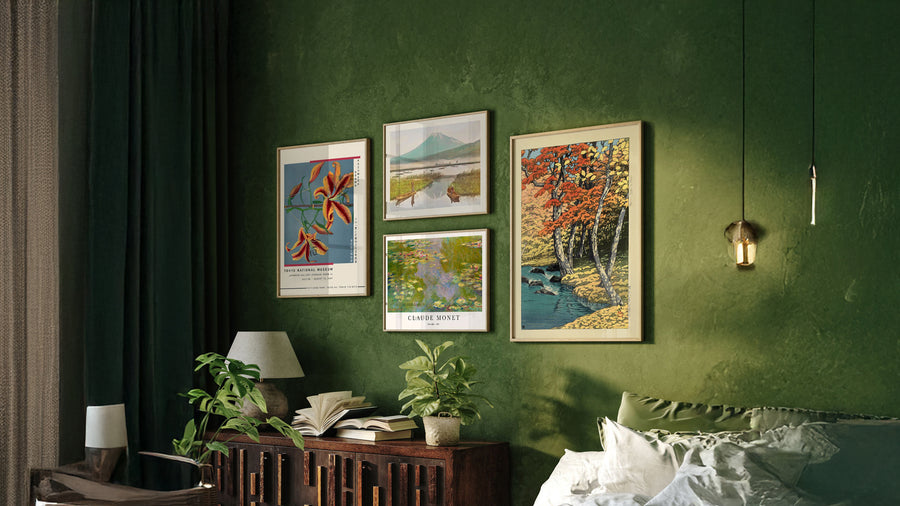
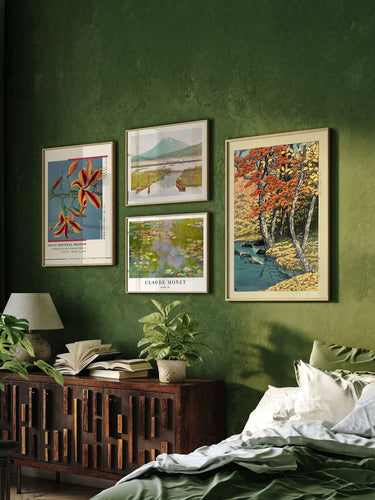
Handpicked Art That Stands Out
1,800 Curated Masterpieces – Quality Over Quantity
Finding the perfect artwork shouldn’t feel overwhelming. Instead of scrolling through endless options, we bring you a thoughtfully selected collection of rare archival prints and celebrated artworks. At Kuriosis, we focus on quality, uniqueness, and craftsmanship—ensuring every piece is something truly special.
Bestseller
Popular and beloved art pieces chosen by our customers









































































ABout us
More Than Just Art – A Personal Touch
Kuriosis started on the street markets of Berlin, where we connected directly with art lovers like you. We continue this tradition – not just through our prints, but through our commitment to great service, fair prices, and a community-driven approach. We’ve already served over 60,000 happy customers, earning a 4.7 Trustpilot rating.
New In
Our latest additions of premium posters to refresh and elevate your space.








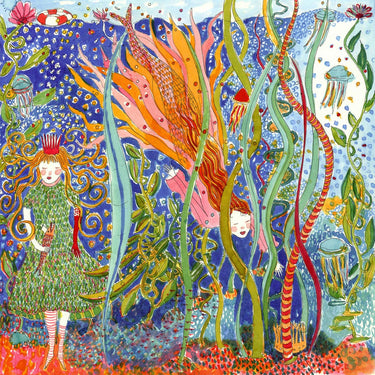
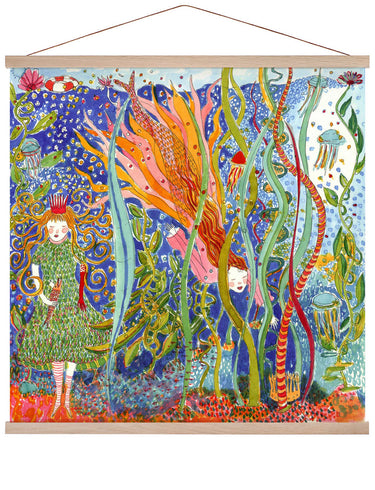






























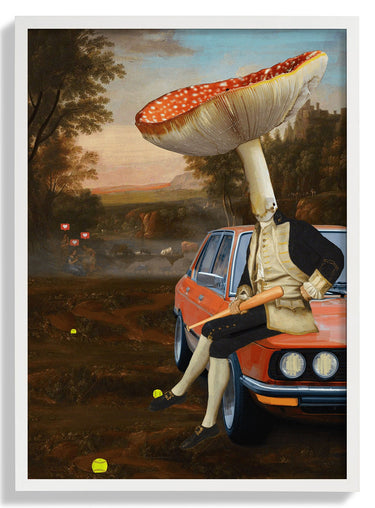
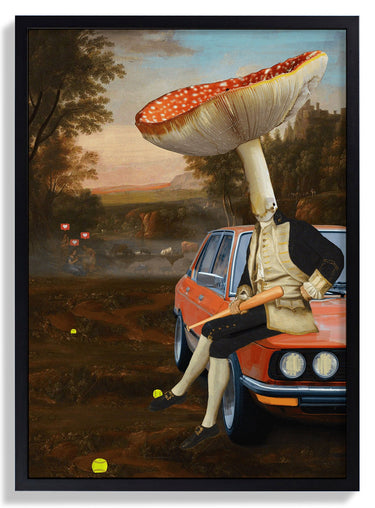

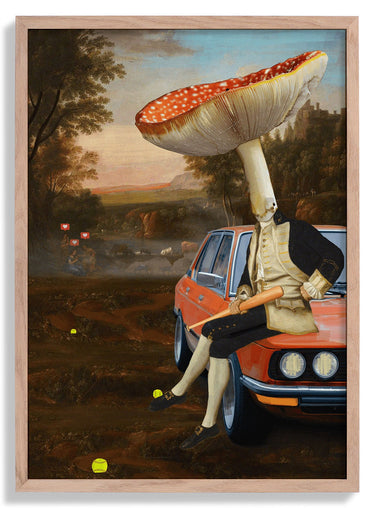








Gallery Walls
Sleek and contemporary designs that bring a fresh, artistic touch to any space.




































We make it simple!
Explore our four styles
You don’t need to be an art expert to find something beautiful. Whether you love Classic, Modern, Japanese, or Vintage styles, we make it easy to discover prints that suit your space. No confusing art terms, just great prints made with love.
Modern
Sleek and contemporary designs that bring a fresh, artistic touch to any space.
























































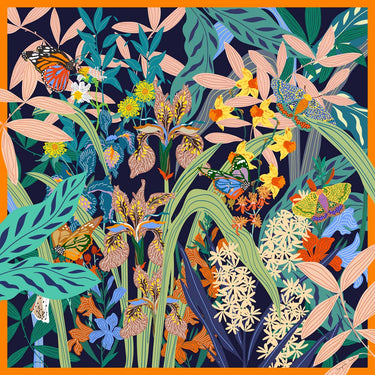













































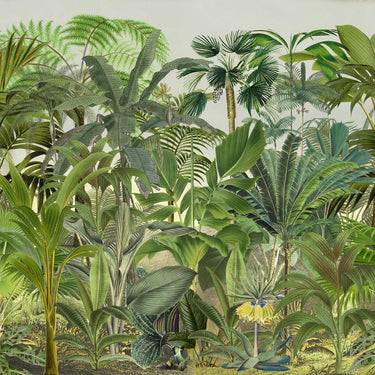













Classics
Timeless pieces that display elegance and complement traditional interiors.



































































































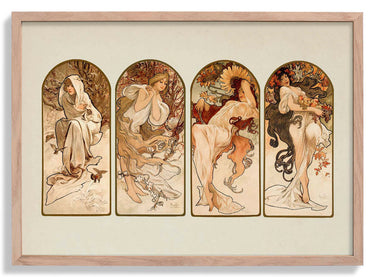


















Japanese
Nostalgic and charming artworks inspired by past eras, perfect for adding character.
























































































































Vintage
Inspired by traditional Japanese art, showcasing minimalism, nature, and cultural motifs.







































































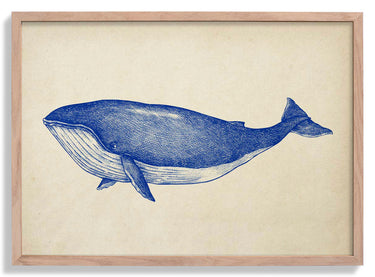
















































#Support Living Artists
We work with a select group of contemporary artists to offer unique pieces that you won’t find anywhere else. We believe artists deserve fair royalties, and we ensure that each style is represented by only a handful of artists, keeping our collection authentic and special.
Marylène Madou


































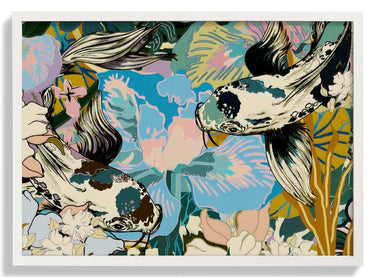

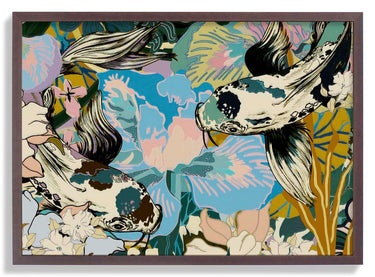
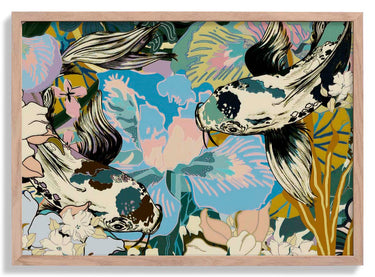
Julia Charlott
















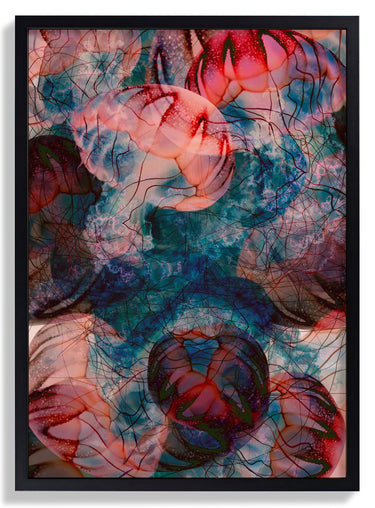

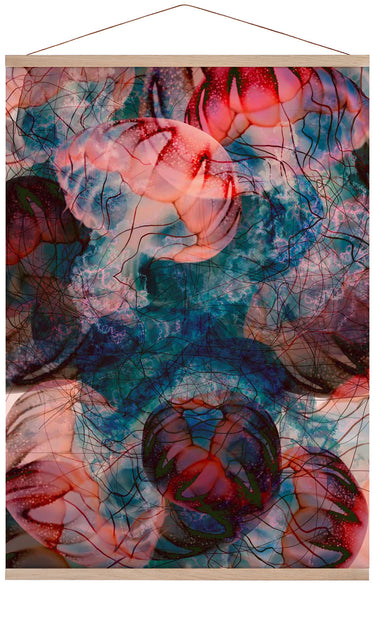
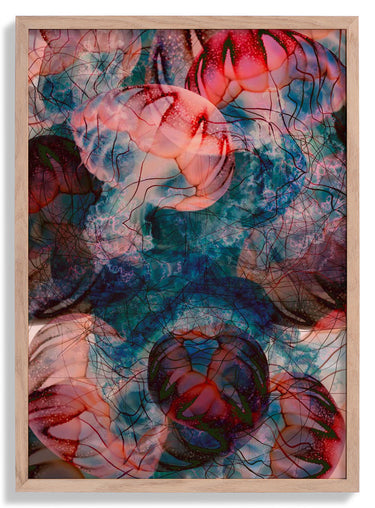




















Sofia Doudine






































Nico Tracey








































Very reliable company with quality products and great customer care. Posters are a little pricier compared to budget poster companies but worth every penny, the difference in quality still gives great value for money.
The whole process of ordering and receiving the poster was great. The choice of posters is enormous and it took us while to find the right one. We are very happy with our choice. The quality of the print is outstanding.
Beautiful art! Got one piece at a market in Berlin, then decided to get two more from the same collection to put on a big white wall in my bedroom. Shipping to Canada was smooth and faster than I expected.
Amazing customer service!
My order was easily placed and quickly delivered, outside of Germany. The posters are of a fantastic quality. This was the second time I ordered from Kuriosis and both times were a very good experience
Good quality and very good service. I got it in about a week despite living in Japan. Thank you!
This is my second time ordering from here and the service and quality are second to none. I have ordered posters from other companies and their quality is no where near as good as Kuriosis. Also the postage is very quick.
Won’t go anywhere else now!!